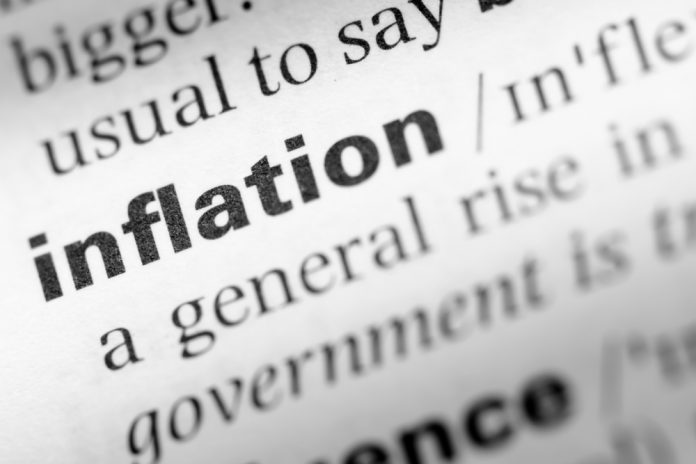Britain’s annual inflation rate has remained unchanged at three percent, suggesting a peak in the UK’s cost of living post-referendum.
The Office for National Statistics has provided evidence that the effects of the weak pound are coming to an end. The predicted rate of inflation had been 3.2 percent forcing him to write a letter to Philip Hammond.
“At three percent, inflation looks like it has peaked and without further signs of domestically driven price pressures, the Bank of England will tread carefully,” said James Smith, UK economist at ING bank.
The markets took the steady three percent inflation rate as a surprise following the rising food costs and the fall in prices for transport and household goods.
Chris Williamson, UK economist at IHS/Markit said: “The recent surge in price pressures is primarily due to the depreciation of the sterling since last year’s EU referendum, which has increased the cost of imported goods and services, but today’s numbers will add to the sense that the worst of this impact has already passed.
“Data on company costs, which tend to change ahead of changes in consumer prices, are already showing signs of having peaked earlier in the year,” he added.
There is potential for inflation to rise in November, following an increase in oil prices. The average price per barrel has increased from $56 to $63. Food prices are also expected to increase in November.
“Overall, the latest inflation figures show that the depreciation in sterling is still causing prices to rise faster than in recent years,” said Azad Zangana, senior European economist at Schroders.
“Data from producers show that both input and output prices peaked months ago, which should mean that we are close to a peak in CPI inflation.”
Earlier this month, the Bank of England raised interest rates for the first time in a decade from 0.25 percent to 0.5 percent to accomodate rising inflation.

